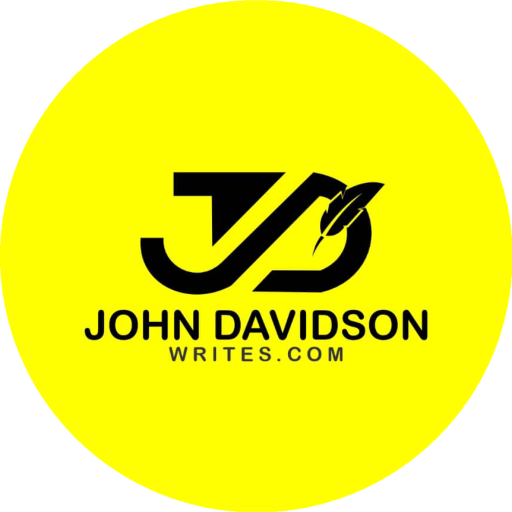Diary products are important to man both in nutrients and health wise. Diary products include:
Cheese making is both an art and science. Cheese making starts with the coagulation of milk, forming so-called milk curd. This is the process that separates milk into curds (solid components) and whey (liquid components). Milk curds are mainly composed of casein protein and milk fat with small amount
of water. Milk coagulates when it comes into contact with acid, but this process can also be facilitated by adding enzymes. The curds are then processed, heated, pressed, salted, drained of any remaining whey and cut into the desired shapes.
The last step is curing and ripening which involves storing the cheese under a specific condition for a specific period of time until it reaches maturation.
- YOGHURT
Yoghurt is a food produced by bacterial fermentation of milk. The bacterial used to make yoghurt are known as “Yoghurt Culture”. Things is required to make yoghurt include a saucepan, a thermometer, a wide-mouthed vacumm flask or two or more jars and start culture bacteria that will convert plain milk into tangy, creamy deliciousness.
A small pot of live, plain, preferable organic yoghurt (ie, live bacteria that contain enough bacteria to transform a litre or more milk). Take about 500ml or a litre of milk from cows or sheep and pasteurised. Full-fat, semi, skimmed, they will all make yoghurt.
Pour the milk into a saucepan and whisk in 25g powdered milk (if used) for every 500ml of milk. If this is pasteurised, heat it to 85°C, stirring occasionally; then leave it to cool to about 46°C (this process results in thicker yoghurt as well as killing some unwanted bacteria). If UHT, simply warm it to 46°C, then stir in the live yoghurt-about 3 tablespoon for every 500ml. Before the mixture can cool, pour it into the warmed thermos(es) and screw down th lid(s). Leave it for eight hours or so longer if you like your yoghurt thicker and with a stronger taste. If it either tastes or smells off, chuck it away and start again. Freeze the yoghurt if it will be used within the next few days.
- BUTTER
Butter is a dairy product containing up to 80% butter fat (in commercial products) which is solid when chilled and at room temperature in some areas and liquid when warmed. It is made by churning fresh or fermented cream or milk to separate the butterfat from the buttermilk.
Processing of Butter
(i) Separate the cream from the milk.
(ii) Using a dipper, skim the cream off the top.
(iii) Let the cream ripen or culture.
(iv) Agitate the cream until butter solids separate from the buttermilk.
V. Pour off the buttermilk, which should have separated from the butter.
Vi. Wrap the butter in cheese cloth orbu muslin
Vii. Knead the butter with a or another slightly rounded wooden implement
Viii. Add salt, herbs or other flavouring to the butter at this point
Ix. Press the butter firmly into the container of any choice .
